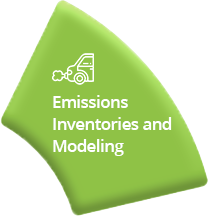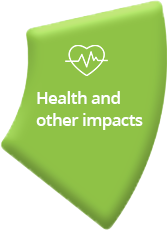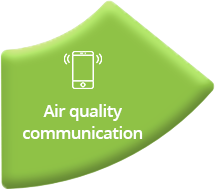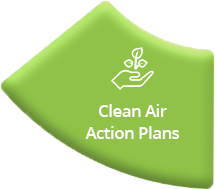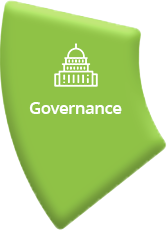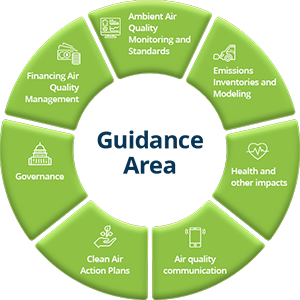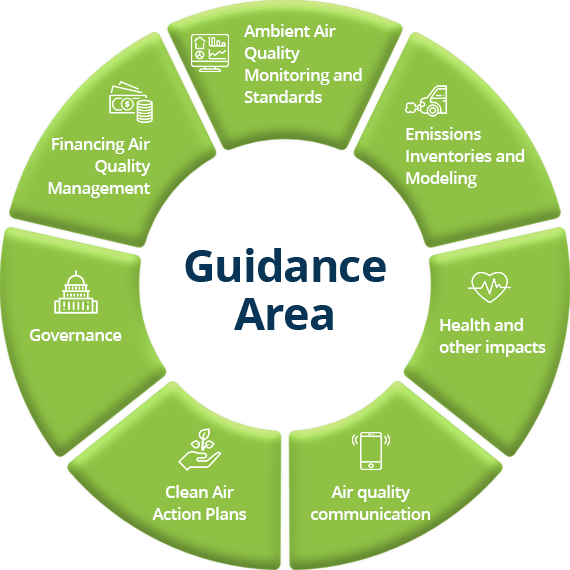IBAQ City Solutions Toolkit
About
IBAQ
City Solutions
Toolkit
The IBAQ City Solutions Toolkit supports the implementation of the Guidance Framework for Better Air Quality in Asian Cities. The Toolkit offers guidance on specific aspects of the different air quality management areas such as air quality monitoring and standards, emission inventories, modelling, health and other impact assessment and air quality communication. The Toolkit covers elements needed for the effective design and successful implementation of clean air action plans. Guidance on operationalizing clean air action plans including prioritizing solutions, adopting technologies and financing are also provided.
Target Users

Air Quality Monitoring and Ambient Air Quality Standards, Emissions Inventories, Modeling
Target users are AQM practitioners performing air quality monitoring, data handling, emissions inventories development and air quality modeling. These include air quality managers and technical officers from the local government, researchers, and other Results from AQM activities will be used in baselining, setting air quality goals and emission reduction targets, and in evaluating impact of control measures implemented.

Health Impacts Assessment
Target users include health administrators and technical officers from the local government, medical professionals, and researchers focusing on the impacts of air pollution on health and the environment, especially in relation to the monitored levels of pollutants. Results of health and environmental impact assessments can be used as input data in estimating the economic cost of air pollution or in cost-benefit analyses of specific pollution control measures.

Air Quality Communication
Target users include communication and other local government officers, media, educators and public campaigners involved in effectively communicating air quality and the solutions that can be done to reduce air pollution.

Clean Air Action Planning, Co-benefits
Target users include air quality managers, administrators and technical officers from local government agencies who are involved in AQM, policymakers and other AQM stakeholders (universities and research institutions, non-government organizations, private sector, community groups or associations) focused on the development of policies, projects and implementation plans related on reducing emissions, mitigation negative impacts of air pollution and improving overall AQM.


